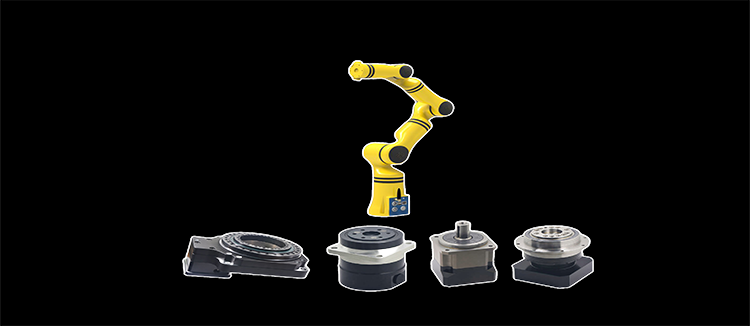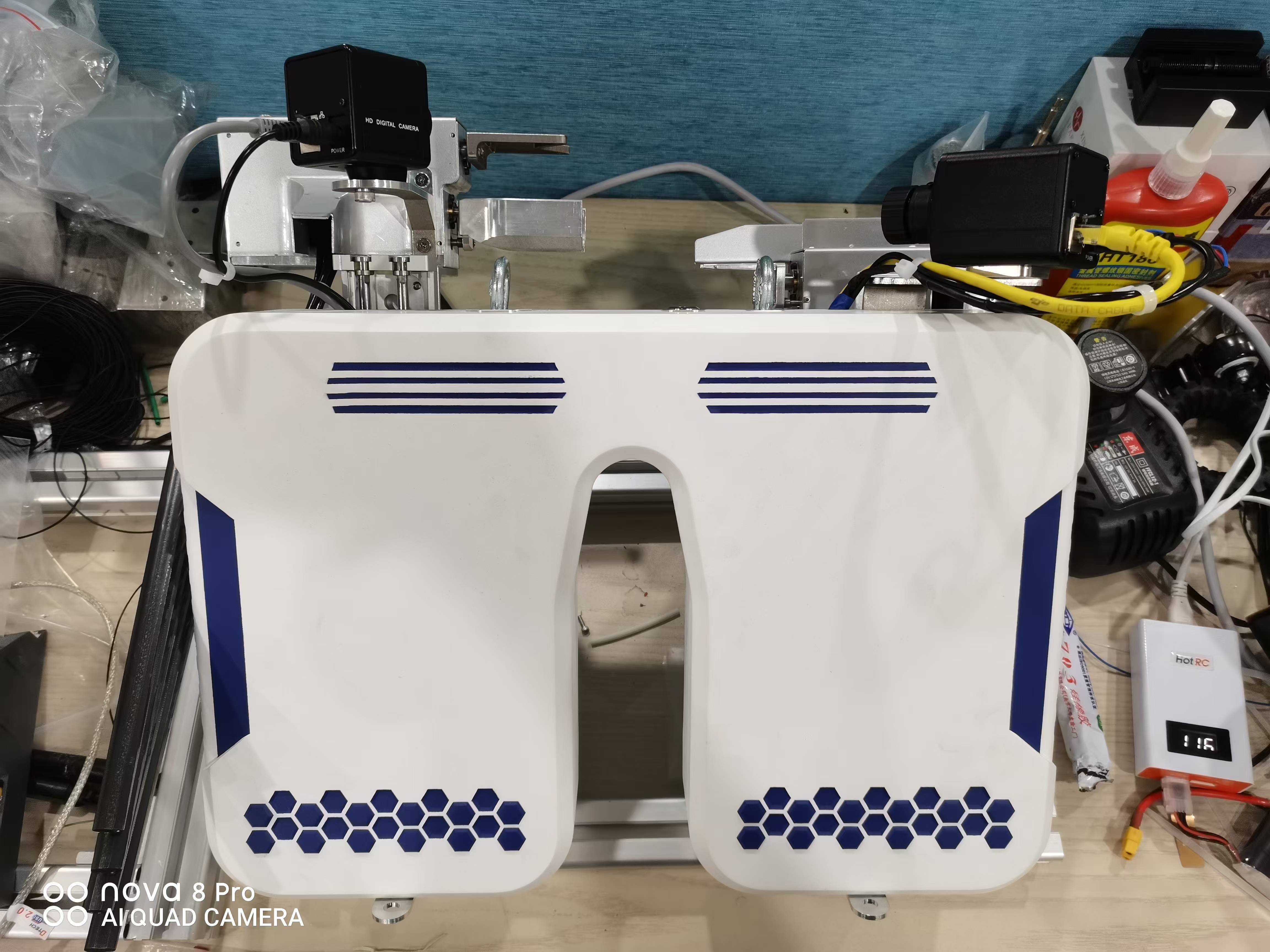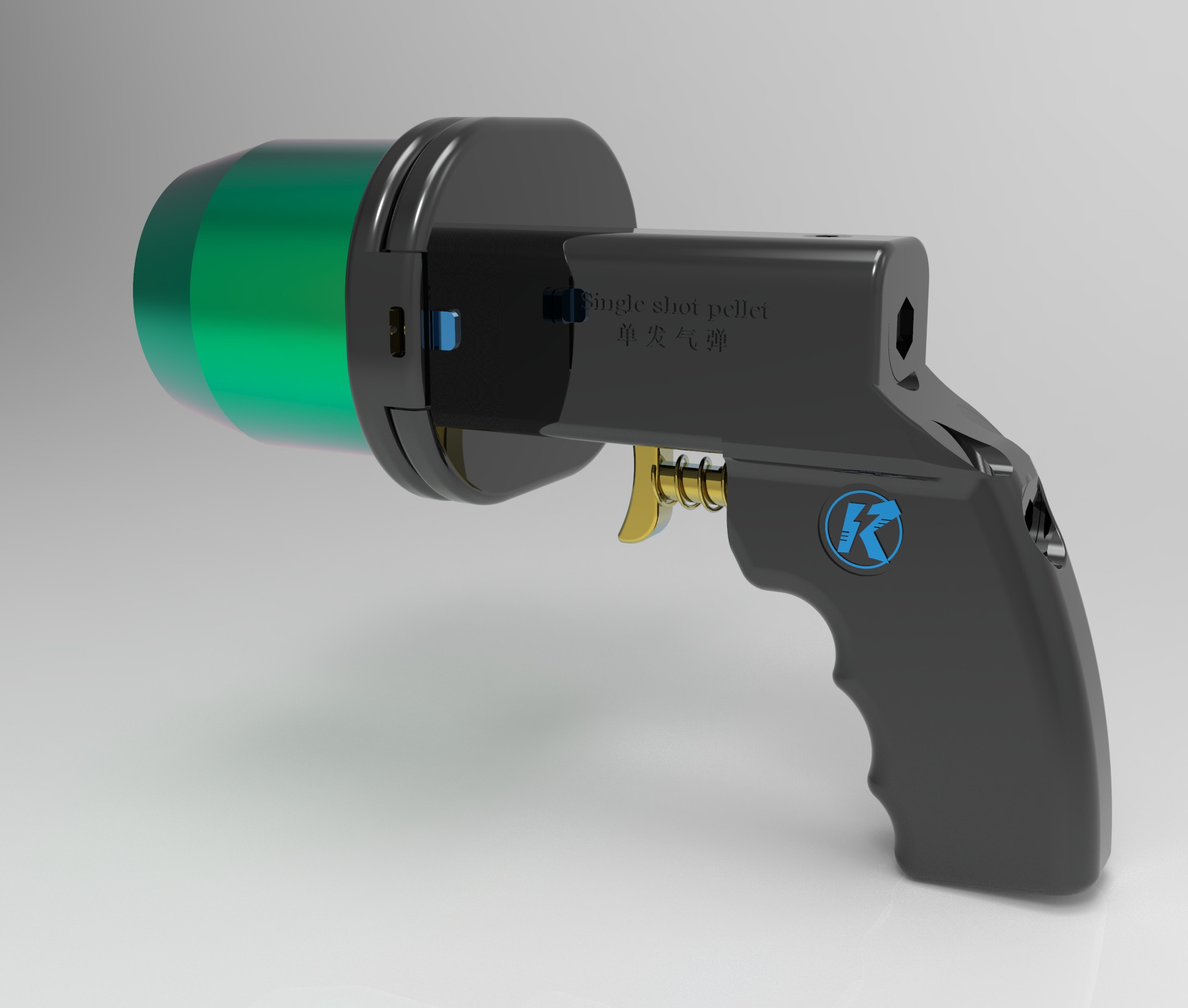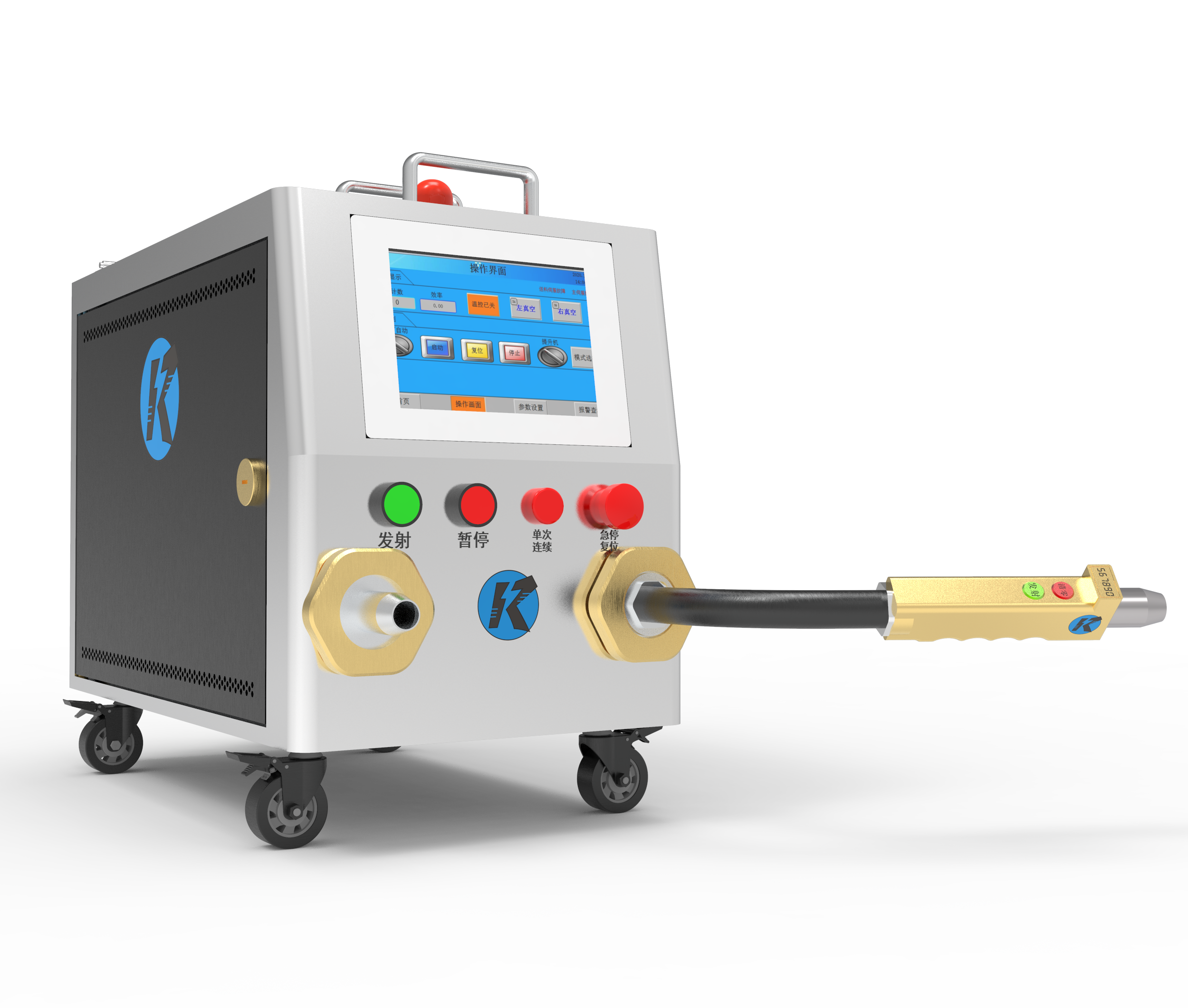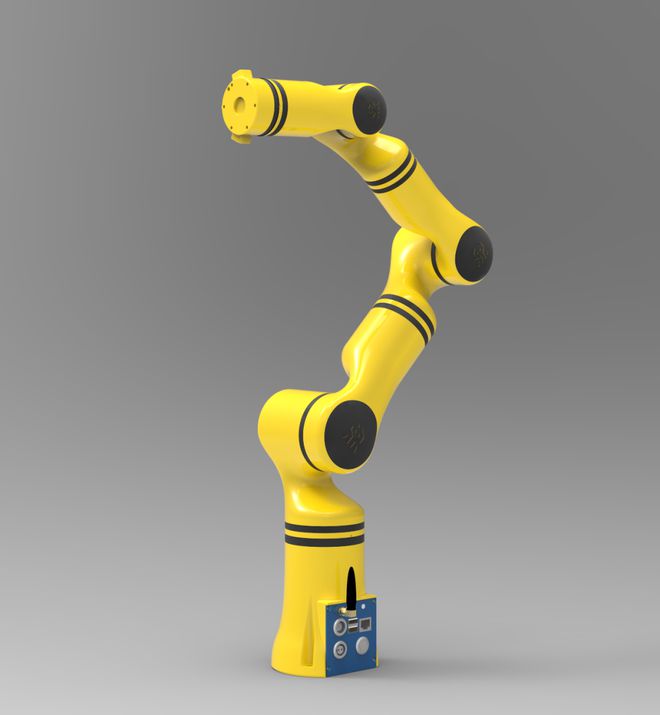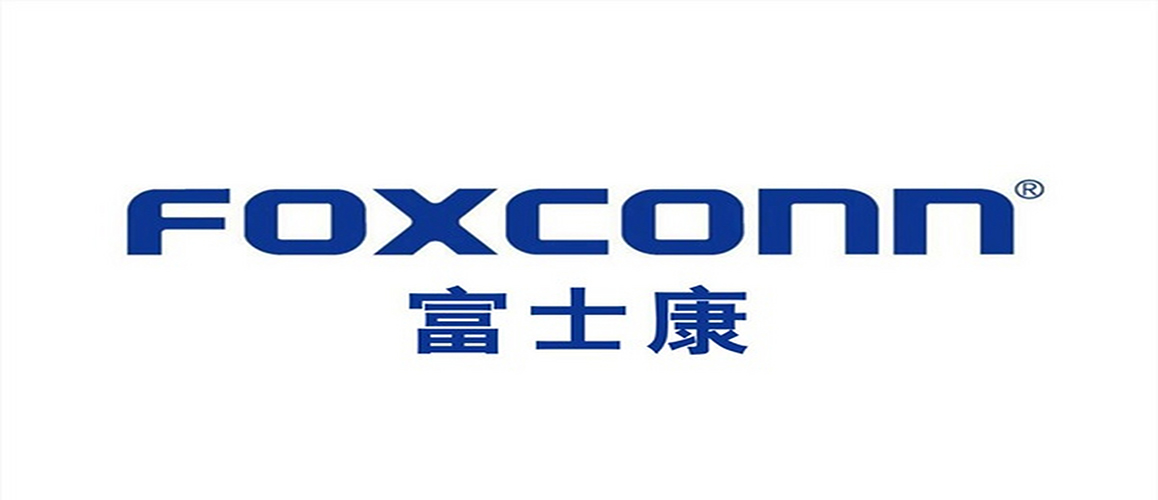Exploring the Advanced Technology of Servo Electric Cylinders: Efficiency and Precision in Automation
The world of industrial automation has seen a significant shift towards more precise and efficient solutions, and one such innovation that has been gaining traction is the Servo Electric Cylinder. This advanced mechanism combines the best of both hydraulic and pneumatic systems, offering a new level of control and performance in various applications. In this article, we will delve into the intricacies of Servo Electric Cylinders, examining their design, benefits, and how they are revolutionizing the field of automation.
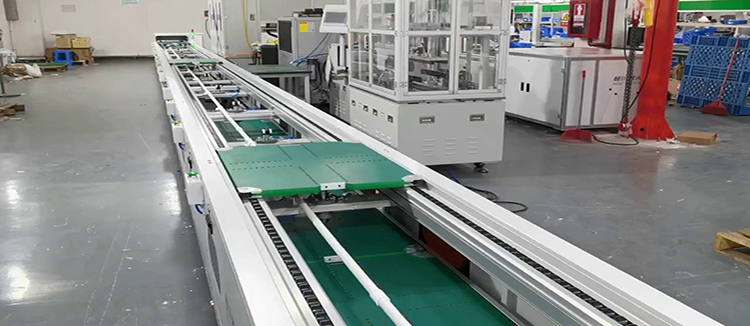
A Servo Electric Cylinder is a type of linear actuator that uses electric servo motors to convert rotational motion into linear motion. Unlike traditional pneumatic or hydraulic cylinders, these systems are driven by electric motors, which are controlled by a servo controller. This setup allows for precise positioning, speed, and force control, making them ideal for applications where high accuracy and repeatability are required.
The design of a Servo Electric Cylinder is both innovative and robust. It typically consists of a motor, a ball screw or lead screw, a nut, and a carriage. The motor drives the screw, which in turn moves the nut along the screw, creating linear motion. The carriage, which is attached to the nut, moves in a straight line, providing the necessary force and movement for the application. This design eliminates the need for hydraulic fluids or compressed air, reducing the risk of leaks and making the system more environmentally friendly.
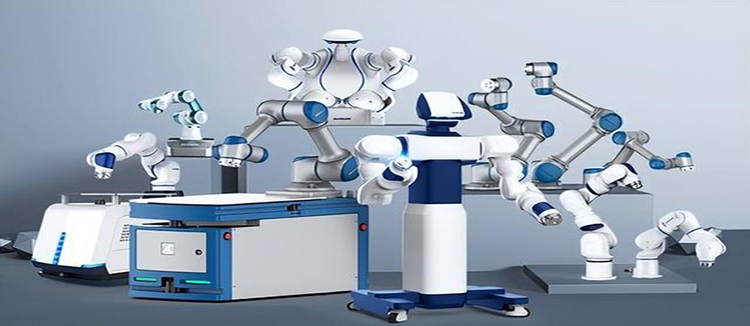
One of the key benefits of Servo Electric Cylinders is their ability to provide precise control. The servo controller can adjust the motor's speed and direction, allowing for exact positioning and movement. This level of control is particularly useful in applications such as assembly lines, where components need to be placed with high precision. Additionally, the absence of hydraulic or pneumatic pressure means that the system is less prone to pressure fluctuations, which can affect the accuracy of the movement.

Another advantage of Servo Electric Cylinders is their energy efficiency. Since they do not rely on compressed air or hydraulic fluids, they consume less energy compared to traditional systems. This not only reduces operational costs but also contributes to a smaller environmental footprint. The energy savings can be significant, especially in industries where large numbers of actuators are used.
Maintenance is also simplified with Servo Electric Cylinders. The absence of hydraulic or pneumatic components means fewer parts that can leak or fail, reducing the need for regular maintenance and repair. This can lead to lower downtime and increased productivity for businesses that rely on automated systems.
Servo Electric Cylinders are also highly adaptable to different environments. They can operate in a wide range of temperatures and can be designed to resist corrosion, making them suitable for use in harsh industrial settings. This adaptability allows them to be used in a variety of industries, from automotive manufacturing to food processing.
In conclusion, Servo Electric Cylinders represent a significant advancement in the field of automation. Their precision, energy efficiency, and adaptability make them an attractive option for businesses looking to improve their production processes. As technology continues to evolve, it is likely that Servo Electric Cylinders will become an increasingly common sight in factories and workshops around the world.

